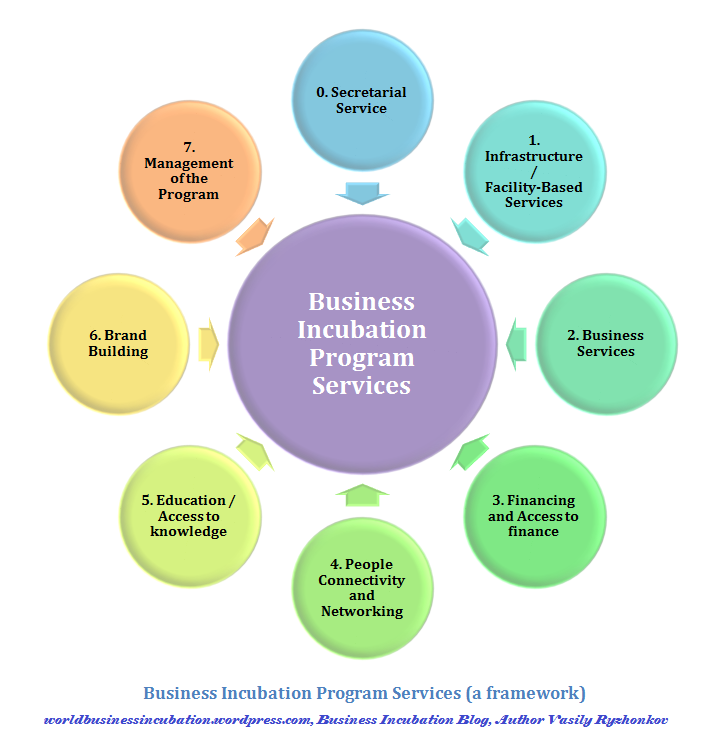The Chinese economy experienced astonishing growth in the last few decades that catapulted the country to become the world's second largest economy. In 1978—when China started the program of economic reforms—the country ranked ninth in nominal gross domestic product (GDP) with USD 214 billion; 35 years later it jumped up to second place with a nominal GDP of USD 9.2 trillion.
Since the introduction of the economic reforms in 1978, China has become the world’s manufacturing hub, where the secondary sector (comprising industry and construction) represented the largest share of GDP. However, in recent years, China’s modernization propelled the tertiary sector and, in 2013, it became the largest category of GDP with a share of 46.1%, while the secondary sector still accounted for a sizeable 45.0% of the country’s total output. Meanwhile, the primary sector’s weight in GDP has shrunk dramatically since the country opened to the world.

China weathered the global economic crisis better than most other countries. In November 2008, the State Council unveiled a CNY 4.0 trillion (USD 585 billion) stimulus package in an attempt to shield the country from the worst effects of the financial crisis. The massive stimulus program fuelled economic growth mostly through massive investment projects, which triggered concerns that the country could have been building up asset bubbles, overinvestment and excess capacity in some industries. Given the solid fiscal position of the government, the stimulus measures did not derail China’s public finances. The global downturn and the subsequent slowdown in demand did, however, severely affect the external sector and the current account surplus has continuously diminished since the financial crisis.
Apparently, China exited the financial crisis in good shape, with GDP growing above 9%, low inflation and a sound fiscal position. However, the policies implemented during the crisis to foster economic growth exacerbated the country’s macroeconomic imbalances. Particularly, the stimulus program bolstered investment, while households’ consumption remained repressed. In order to tackle these imbalances, the new administration of President Xi Jinping and Premier Li Keqiang started to unveil economic measures aimed at promoting a more balanced economic model at the expense of the once-sacred rapid economic growth.
Contact us
For further queries, please do not hesitate to contact ATAHK at anytime, anywhere by simply calling China hotline at 86-755-82143422, 86-755-82143512, or emailing to anitayao@citilinkia.com